
Dariusz H. Tajne
Temat: Historia Warszawy
wybaczcie mi jęz ang- ale przygotowałem to dla obcokrajowców na głównym forum swiatowym o inwestycjach,miastach itd

The first fortified settlements on the site of today's Warsaw were Bródno (9th/10th century) and Jazdów (12th/13th century). After Jazdów was raided, a new similar settlement was established on the site of a small fishing village called Warszowa. In the beginning of the 14th century it became one of the seats of the Dukes of Masovia, becoming the capital of Masovia in 1413 . Upon the extinction of the local ducal line, the duchy was reincorporated into the Polish Crown in 1526. In 1529 Warsaw for the first time became the seat of the General Sejm, permanent since 1569.
Warsaw had 15 000

In 1573 Warsaw gave its name to the Warsaw Confederation, formally establishing religious freedom in the Polish-Lithuanian Commonwealth.
of the Polish Crown in 1596, when King Sigismund III Vasa moved the court from Kraków. Warsaw remained the capital of the Polish-Lithuanian .
Warsaw is Capital- 1596 -Poland expanded its borders to become the largest country in Europe
viev from Prag district: 1656
Warsaw had 40 000-48000

war with Sweden, with the Ottoman Turks,war with Russia[/COLOR][/COLOR]
[COLOR="Blue"][I]1659 had 6000[/COLOR]
[COLOR="DarkOliveGreen"]1655-1658 Three times, the city[/COLOR] was under the siege and three times it was taken and pillaged by the Swedish and Transylvanian forces. The years of the "deluge" destroyed and emptied the city of its cultural goods. A great number of invaluable works of art, books, paintings, tapestries and other historic objects were taken by the invaders. Then followed a period of regression.
1683 King Jan III Sobieski broke the Turks' siege of Vienna. After the election of King Jan III Sobieski, Warsaw returned to its former economic and cultural glory. Warsaw was great!
[COLOR="Blue"]30 000 in 1700[/COLOR]
1740 Stanisław Konarski founded [/COLOR]the Collegium Nobilium and initiated a far-reaching reform of the education system.

# 1747 Załuski brothers opened the first public library in Poland.:

# 1764-72 The second "golden age" in the history of Warsaw coincided with the reign of the last Polish King Stanisław August Poniatowski. The dynamically growing city expanded and was transformed into a modern urban organism. At the same time, it became an unquestionable centre of political, economical, commercial and industrial life of the country and the capital of Polish Enlightenment.
"Knights' School" ( "Nobles' Academy of the Corps of Cadets") was the first state school in the Polish-Lithuanian Commonwealth, established in Warsaw on March 15, 1765, by King Stanisław August Poniatowski.
Tadeusz Kościuszko, member of the Corps' first class and its most famous alumnus.

[COLOR="RoyalBlue"]Warsaw in 1772-1790 Warsaw had 130 000 inhabitants and 15 km2[/COLOR]
Bernardo Bellotto:
(1721-1780)

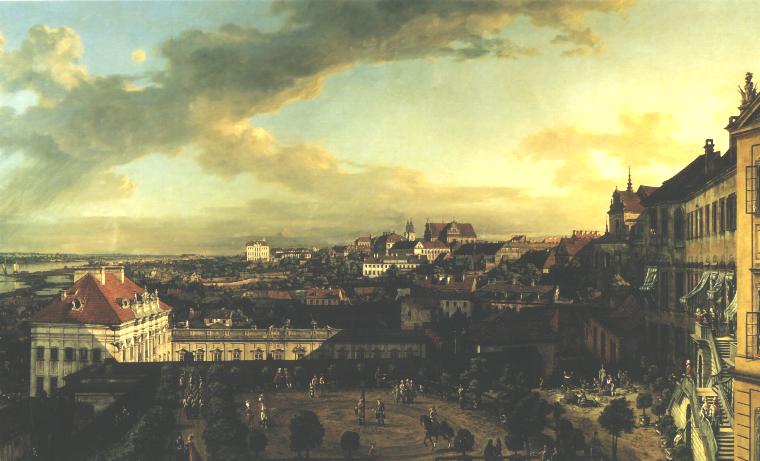

Miodowa str:
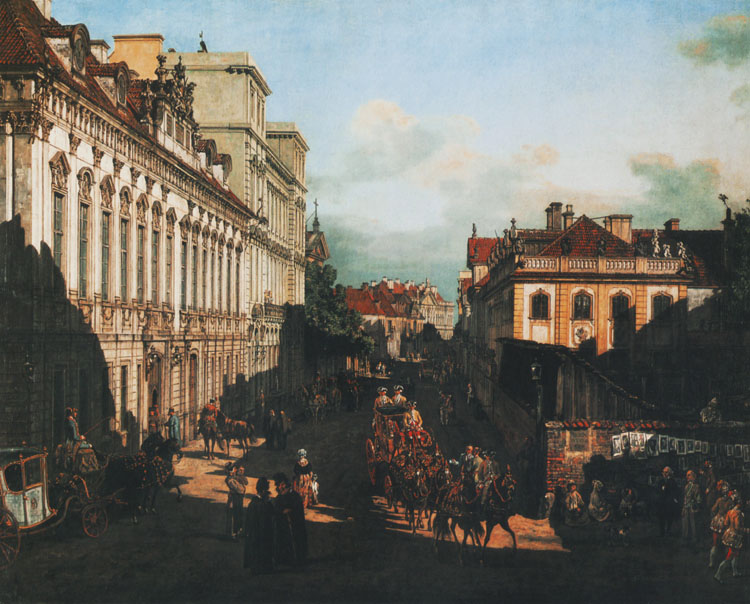


Łazienki Palace

Krakowskie Przedmiescie str:


senatorska str

dluga str


Krakowskie Przedmiescie str:

Zygmunt's Column and Krakowskie Przedmiescie str::


Old Town Market Place:



Wilanow_Palace_seen_from_garden

[COLOR="Red"]WAR war with Russia, war with Prussian[/COLOR]
# [COLOR="DarkOliveGreen"]1791 The Constitution was passed by the Parliamen[/COLOR]t (the first in Europe and the second in the world). On April 18th, 1791, the long-awaited act was adopted: it granted citizen rights to burghers, unified the city into one administrative entity, abolished jurisdictions, divided towns into districts and gave wide powers to local authorities.
On April 21st, 1791, the new statute was registered in the city books. Since 1991, i.e. since the two hundredth anniversary of this event, the local government of Warsaw has been celebrating the Warsaw Day on April 21st.
The victorious Targowica confederation, which led to the destruction of the work of the Four-Year Parliament, the second partition of Poland (in 1793, the first took place in 1772) and the difficult economic situation, all failed to suppress Warsaw's drive towards freedom.
# 1794 Insurrection of Tadeusz Ko�ciuszko against the partitioners of Poland. After his victory in the battle of Racławice, the shoemaker Jan Kiliński and the butcher Józef Sierakowski led the victorious attack of Warsaw burghers on the Russian troupes stationing in the capital.



# 1795 Third partition. For 123 years, Poland disappeared from the maps of Europe. Its territory was divided between Russia, Prussia and Austria. The part of Mazovia, with Warsaw, fell to the Prussians and the town was relegated to the status of a provincial centre.
# 1806 Renewed hopes for the restoration of independence followed the arrival in Warsaw of Napoleon's army. In July 1806, Warsaw Duchy was established after the Tylża Peace Treaty. The city again became a vibrant centre of political and cultural life. However, the defeat of Napoleon put end to the independence hopes and also marked the end of the Duchy.
# 1815After the Vienna Congress, Warsaw became the capital of the Polish Kingdom, a quasi-state politically dependent on Russia, but managing to keep considerable autonomy for some years to come.
The November Uprising (1830–1831)—also known as the Cadet Revolution:
http://en.wikipedia.org/wiki/November_Uprising

# 1830 / 1863Armed uprisings against Russian rule. After the defeat of the January Uprising (in 1864), the last symbols of the autonomy of the Kingdom were removed. Schools and administration were completely russified. Despite such adverse political conditions, the city continued to develop. Its industrial potential kept growing.
# 1840-48 The first railway line was built, linking Warsaw and Vienna.
# 1864 The first permanent bridge over the Vistula was commissioned.

pictures from 1857 :
http://www.eu3d.com/beyerintropl.htm
and: 1873 :
http://www.eurofresh.se/history/

In 1875, the construction of the first railway bridge.
# 1851-1855 The first water system.
# 1881-1886 The first sewage system.
# 1881 The first telephone exchange was installed.
# 1882 The first regular horse-drawn trams arrived in the streets. In 1907, electric streetcars appeared.




Warsaw 1880 had 383 000 inhabitants
[COLOR="Blue"]1900: 686 000 !!!
# 1918 Poland regained its independence and Warsaw became the capital of the Second Republic.
1925: 1 003 000[/COLOR]




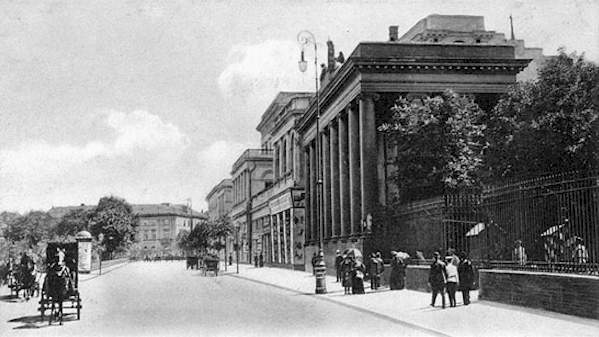



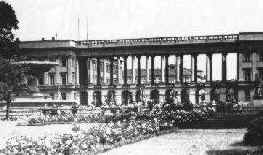

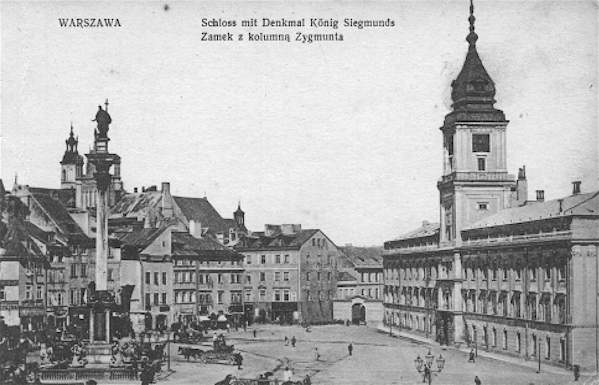
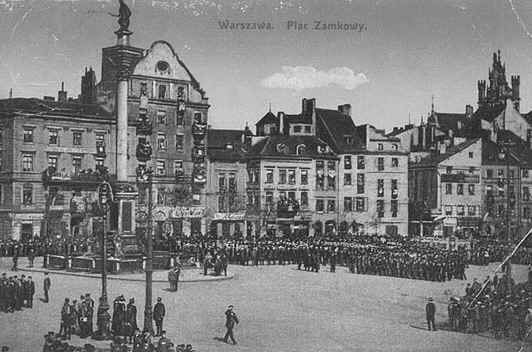

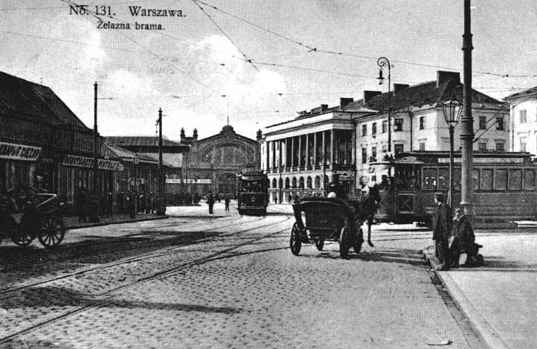
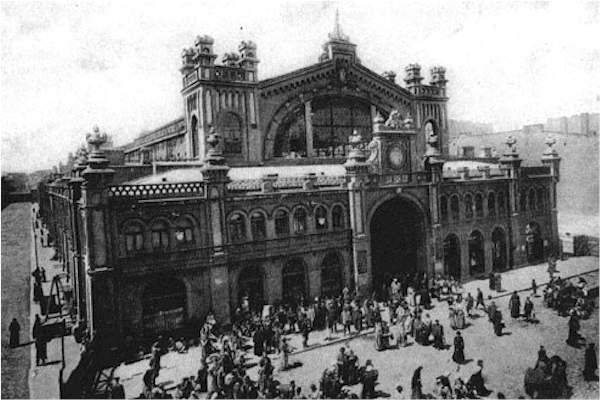

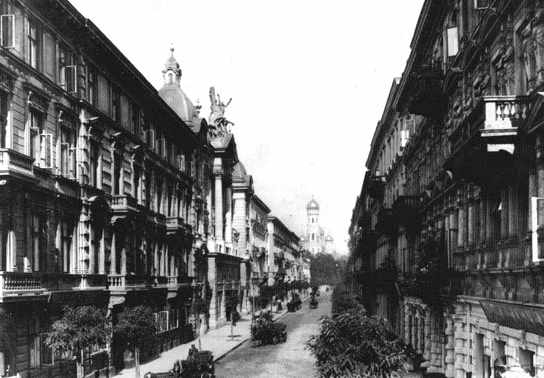
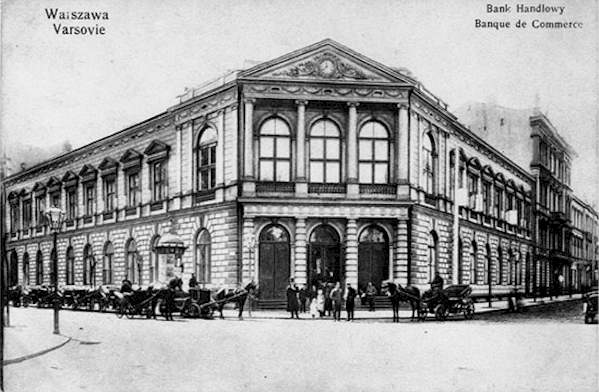
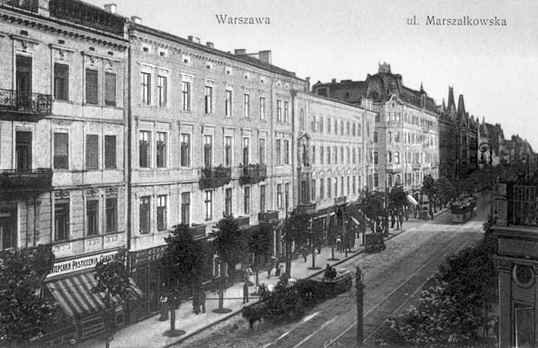
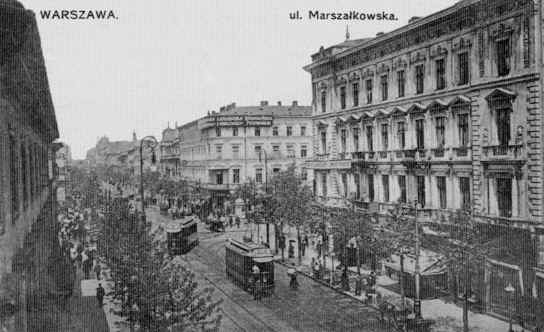
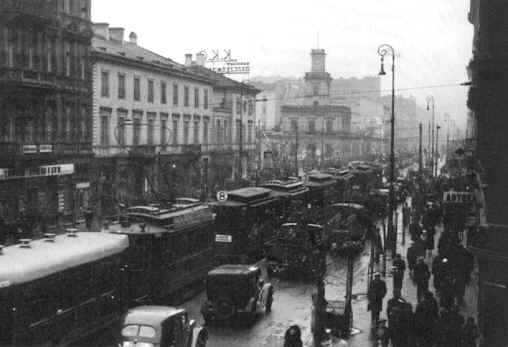
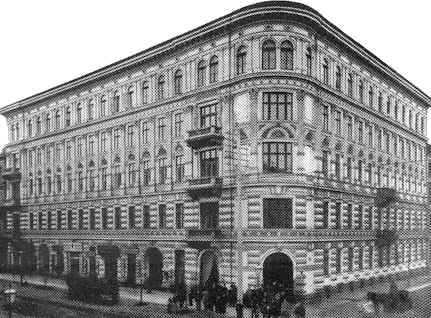
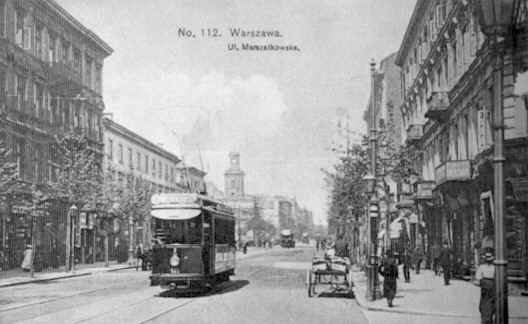
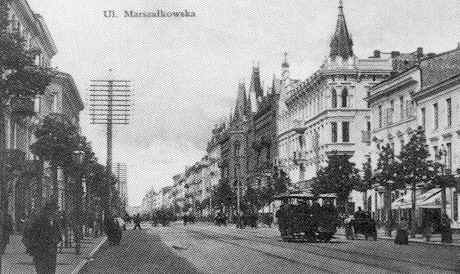
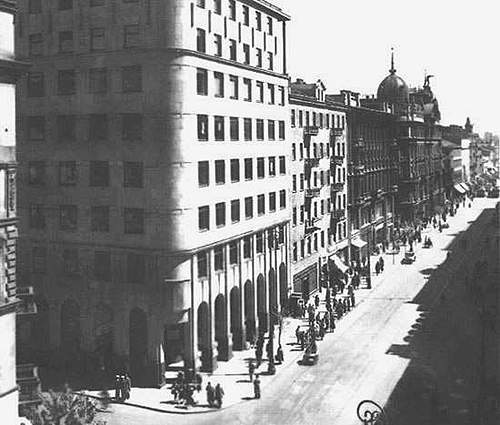
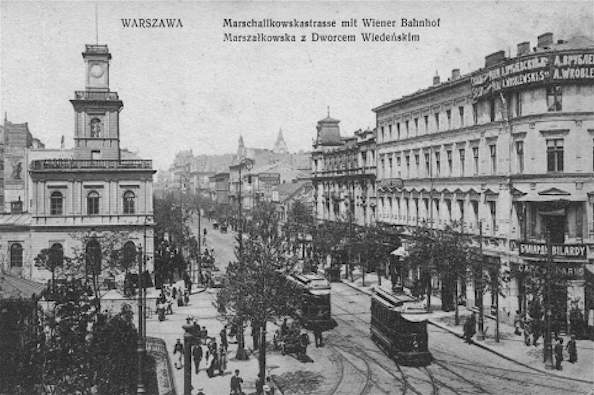
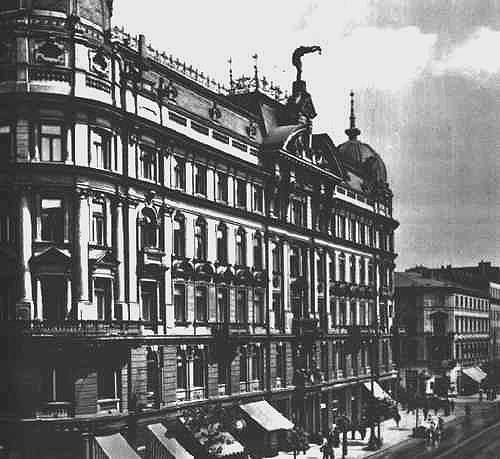
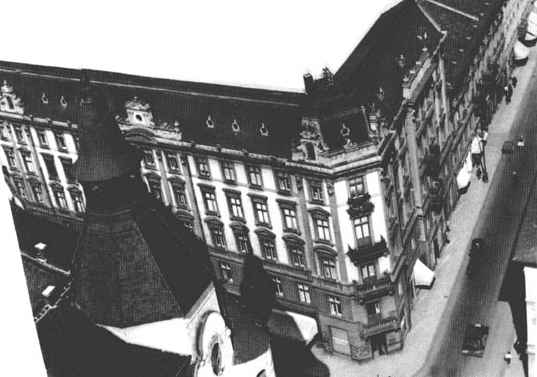



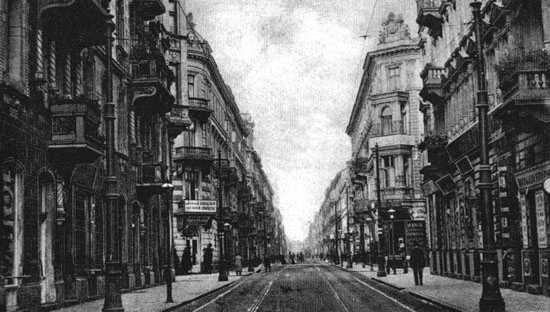
[COLOR="Red"][SIZE="4"]WAR witch GERMANS II World WAR SECOND[/SIZE][/COLOR]
[COLOR="Blue"]1939: 1 350 000 inhabitants[/COLOR]
# 1939 Germany invaded Poland. The city, as it was its tradition under foreign occupation, soon became the main centre of resistance, but also a major centre of clandestine cultural and academic life.
1939-1944:























1944:
[COLOR="Red"]Warsaw_Uprising[/COLOR]
http://en.wikipedia.org/wiki/Warsaw_Uprising







by Cichus1:



# 1943 Uprising in the Jewish Ghetto (lasted 27 days) resulting in a total annihilation of this district populated by half a million people.
# 1944Warsaw Uprising, started on August 1st, lasted 63 days. After the defeat of the Uprising, the city was given a death sentence. The population was expelled or deported to concentration camps. The Germans began the systematic destruction of the town. The cultural losses, including burned-down libraries, museums, collections, churches, palaces and the property of the inhabitants, were incalculable. Some 650.000 people died and 84 percent of the urban fabric was destroyed. The special Nazi detachments set on fire every house and a street after a street. The most significant buildings, such as the Royal Castle, were blown up. The intention was not to leave a single building standing.
* 1943: 956 000--Warsaw Ghetto Uprising:from 1027000 to 956000
* 1944: 162 000 Warsaw Uprising1 VIII44 / 950 000 in VIII44 to 162 000 in XII1944

[COLOR="Blue"]Warsaw had in 1945 420 000 (IX)[/COLOR]
# 1945 Rebuilding of Warsaw began.
After World War II, the Old Town was meticulously rebuilt. As many of the original bricks were reused as possible. The rubble was sifted for reusable decorative elements, which were reinserted into their original places. Bernardo Bellotto's 18th-century vedute, as well as pre-World-War II architecture students' drawings, were used as essential sources in the reconstruction effort.
Warsaw's Old Town has been placed on the UNESCO's list of World Heritage Sites as "an outstanding example of a near-total reconstruction of a span of history covering the 13th to the 20th century."
1940s 1950s















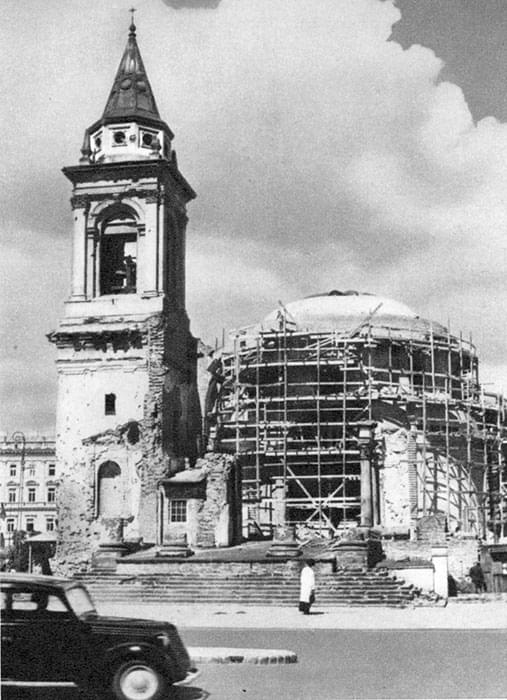








Palac Kultury i Nauki 1952-1955










1960s:








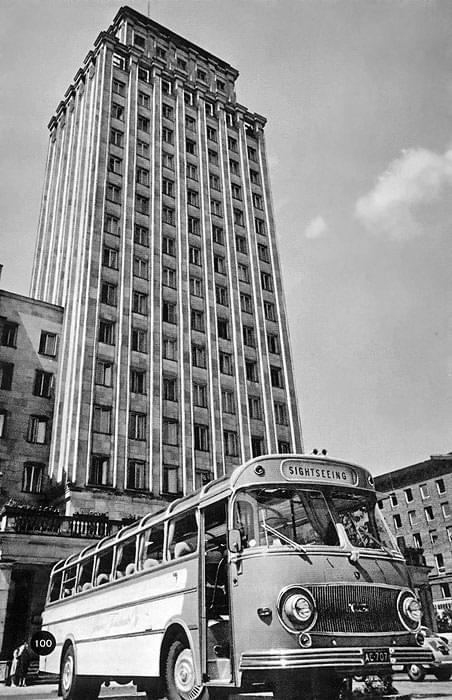
1970s

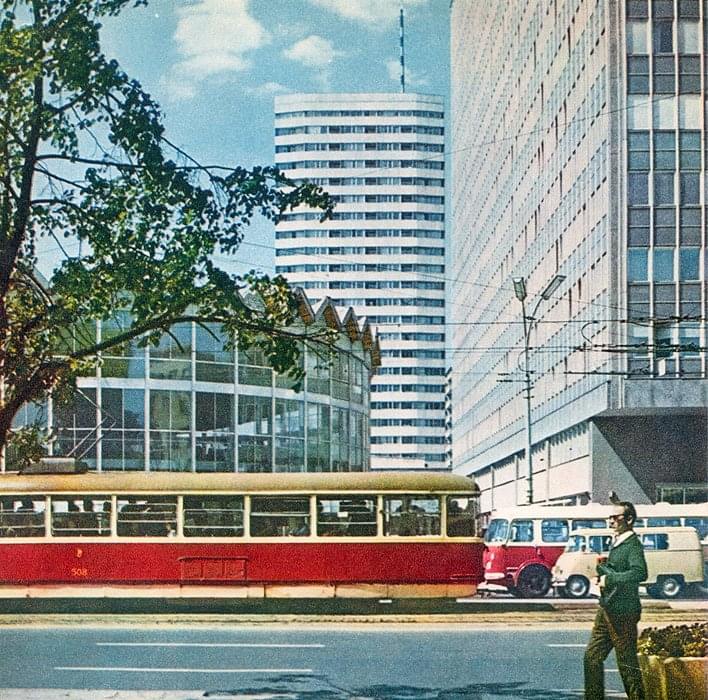


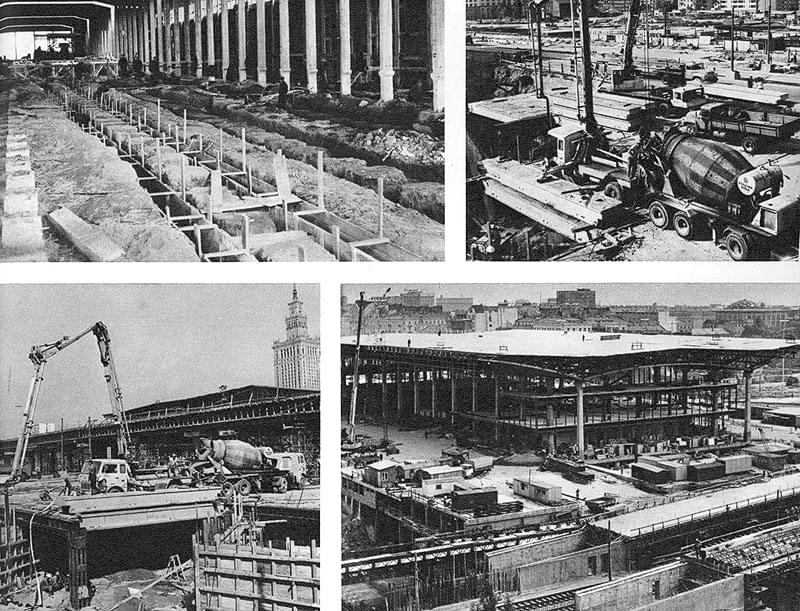
1980s:
Martial law
http://www.onwar.com/aced/chrono/c1900s/yr80/fpoland19...





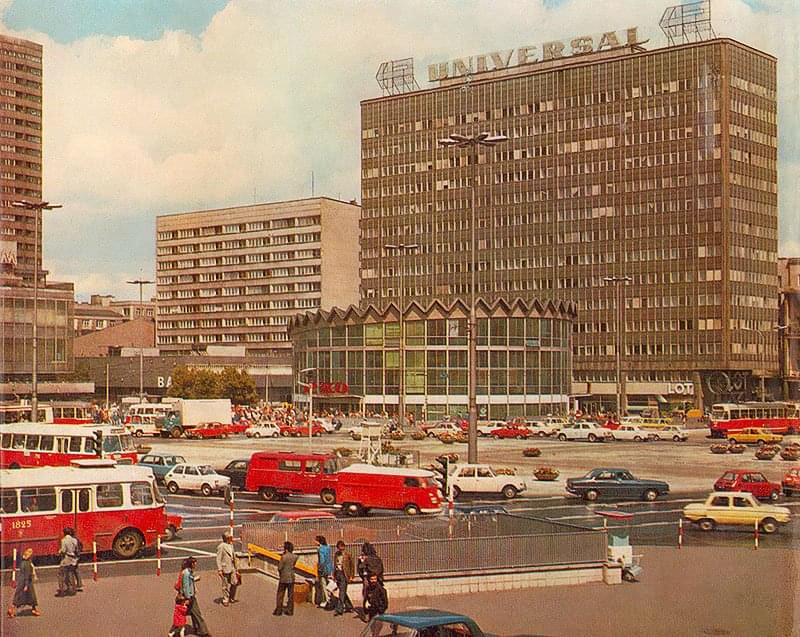



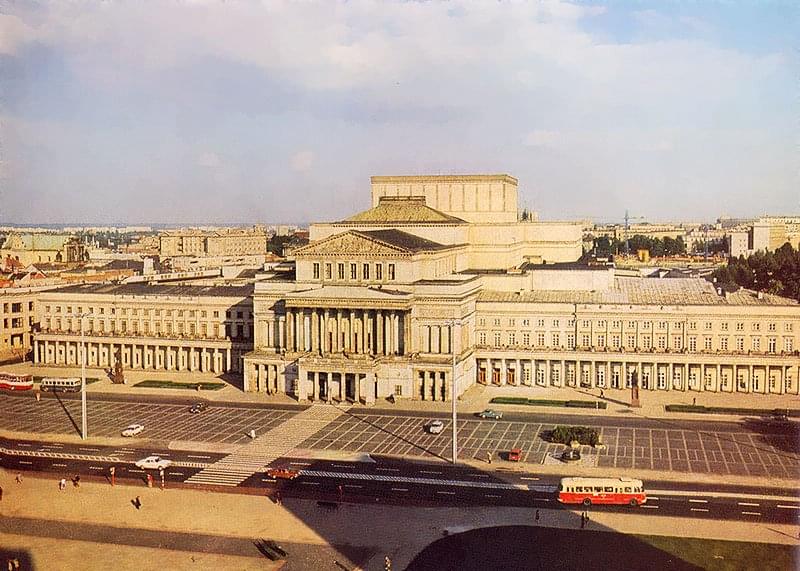
# 1945-1989 Poland lived under socialism.
# 1981 Beginnings of Solidarity movement which contributed to the fall of communism.
# 1989 Free, democratic elections marked the end of the communist regime.
944: 162 000 Warsaw Uprising1 VIII44 / 950 000 in VIII44 to 162 000 in XII1944
* 1945: 422 000 Liberation
* 1950: 803,800
* 1956: 1 000 000
* 1960: 1 139 200
* 1970: 1 315 600
* 1975: 1 436 100
* 1980: 1 596 100
* 1990: 1 611 800
* 1998: 1 650 000
* 2003: 1 689 600
* 2005: 1 695 000
* 2006: 1 703 300
Population
City 1 703 300 [COLOR="DarkGreen"]516.9 km²[/COLOR] (199.6 sq mi)
Urban Area 2 132 489 [COLOR="DarkGreen"]876,43 km²[/COLOR]
Metro area 3,050,000
by official estimates while some much higher unofficial estimates are often published.- is about 2 600 000-3 000 000 in city and urban.
2007:




Warsaw has a booming economy almost free of unemployment. It offers an attractive business environment with a full range of modern business services and well-trained professionals familiar with Western standards.
It is the financial centre of this part of Europe and an important consumer market. It has become the focal point of foreign investments and a driving force in the development of the entire country's economy.
Over 244,000 companies are registered here - 98,5 percent of them private.
Warsaw holds first place nation-wide in terms of percentage of companies with foreign capital registred. By the end of 1999 there were 13,152 such companies, i.e. over 30 percent of the total in Poland. Among them, most (44 percent) are active in retail, 23 percent in banking and finance with other services for business development, and 12 percent in manufacturing.
One great of advantage of Warsaw is its labour market. Twenty percent of Warsaw's population boasts a university degree.The unemployment rate is the lowest in Poland (5,1 percent). Warsaw`s job market attracts the most promising youngsters from all over Poland.
Warsaw's higher education establishments count over 230,000 students on their roles and this number is growing.
Warsaw University, Warsaw University of Technology, the Warsaw Agricultural University and Central School of Commerce are Warsaw`s biggest and most renowned schools. Each of them is the biggest institution of its kind, and Warsaw University is not only the biggest Polish university, but also Poland`s biggest higher education establishment over all. Alongside these, there are other state colleges, such as the Teacher`s Training College, the Catholic Theological Academy, the Frederic Chopin Academy of Music, the Academy of Fine Arts, the Aleksander Zelwerowicz Academy of the Dramatic Arts and Józef Piłsudski Academy of Physical Education.
Warsaw`s student ratio per 1,000 residents is higher than the corresponding figure for several large European capitals.
The presence of so many students and their teachers makes Warsaw a city of young and educated people.
A total 20 percent of Warsaw`s inhabitants are university graduates.
# Average monthly salary (2001) - 3,190 PLN
[COLOR="DarkOrange"]# Per capita GDP - 52,630 PLN - 2,40$- 21052$
GDP (official exchange rate)-42 billions $[/COLOR]
# Nimber of business - 254.362
# Age - 19% of inhabitants are less than 17 years old
# State universities and academies - 13 (150.000 students)
# Private high schools - 55 (200.000 students)
# Greenery - 24% of the city`s area
Public transport in Warsaw is ubiquitous, serving the city with
buses (1600),








tramways(600),


and metro-20km


Line I,
Line II Construction should begin in 2008 and finish in 2012, according to current plans which may be too optimistic. This line will be built using a different boring technology which should allow for much faster construction, compared to the first line. The rest of the line, which will consist of 28 stations in total, will be built after 2012
new tower:Zlota 44








[obrazek]















[COLOR="Red"]please add some Warsaw (historical) photos[/COLOR]




[obrazek]


by filosss























old town







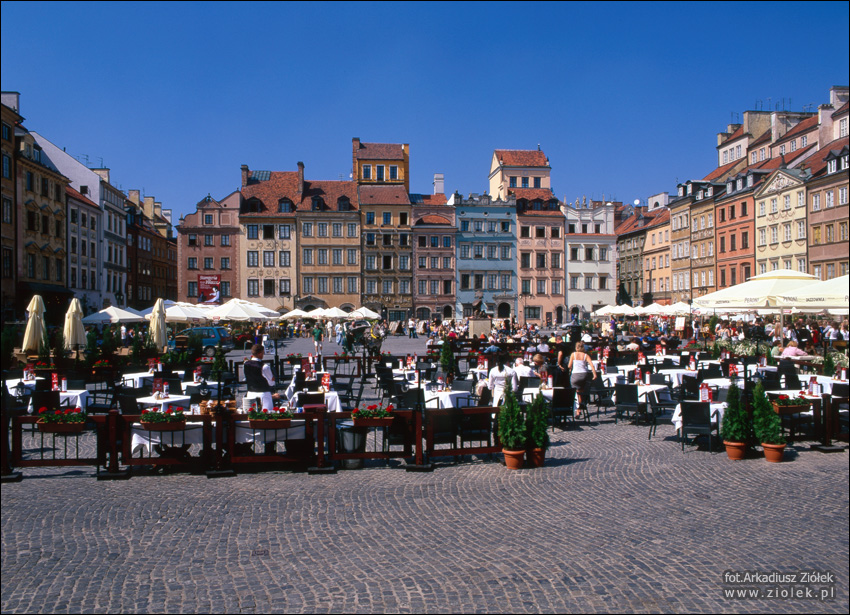
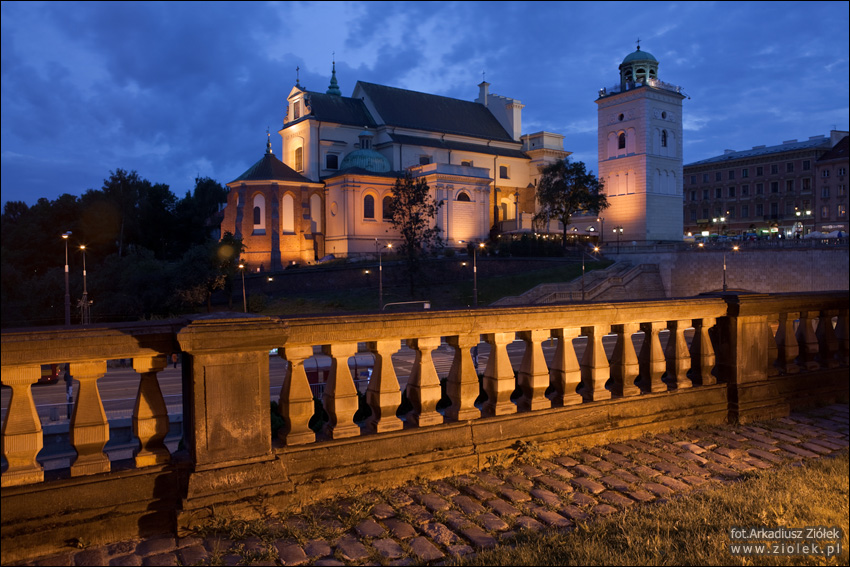
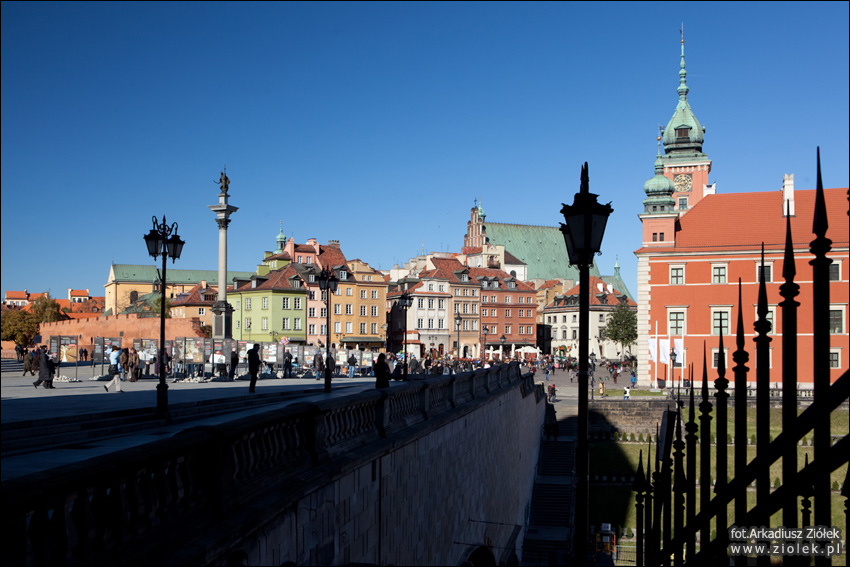
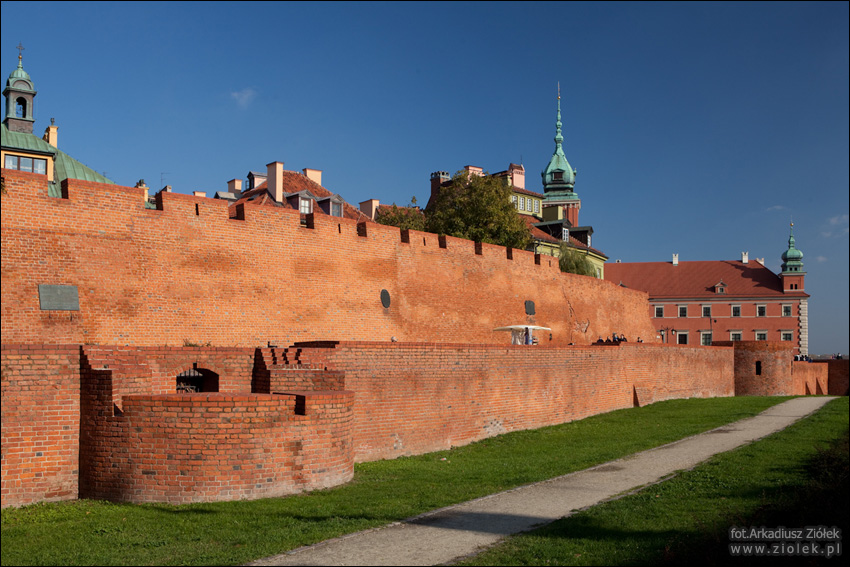
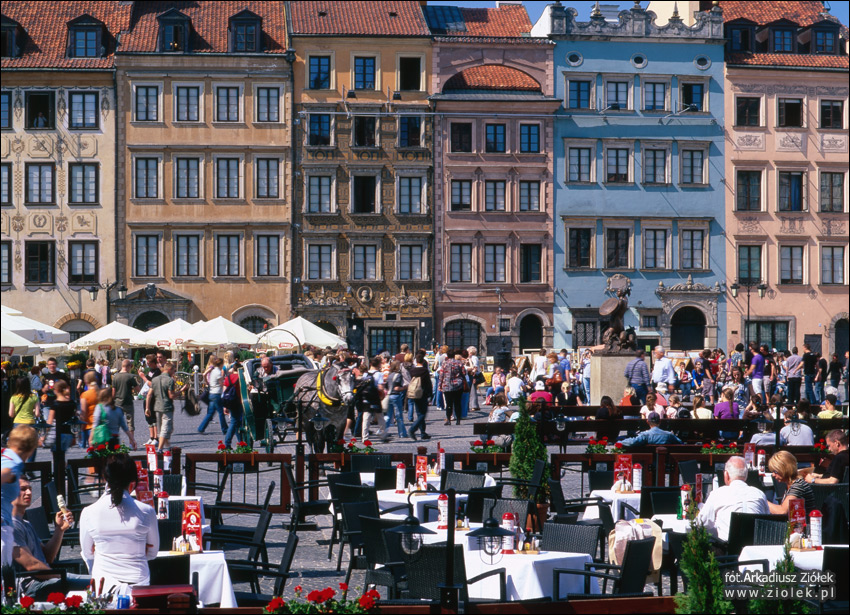
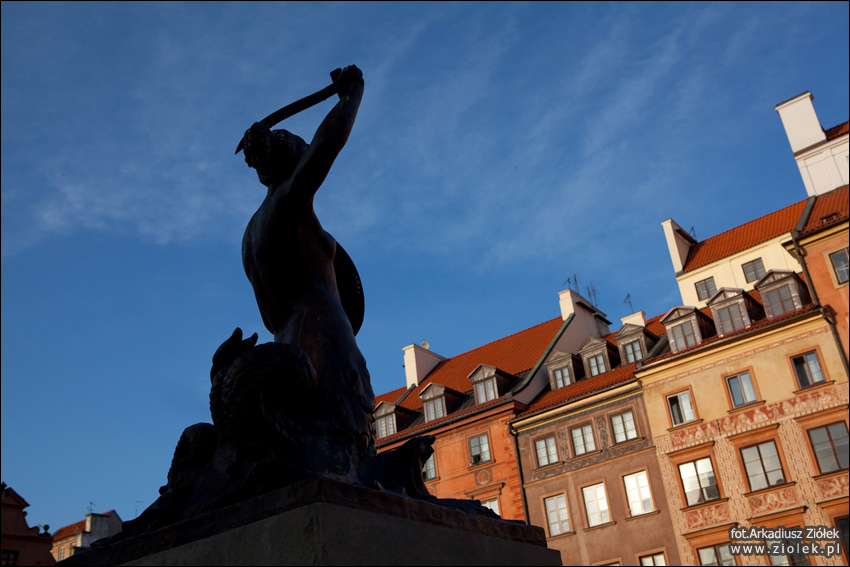














1770s

vs
2000s

The Royal Castle




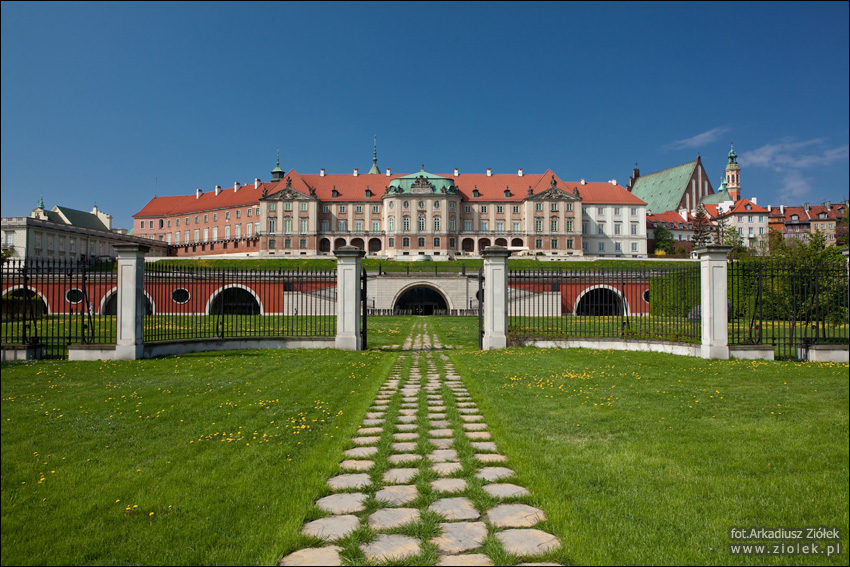

new town








vs 1770s



royal way
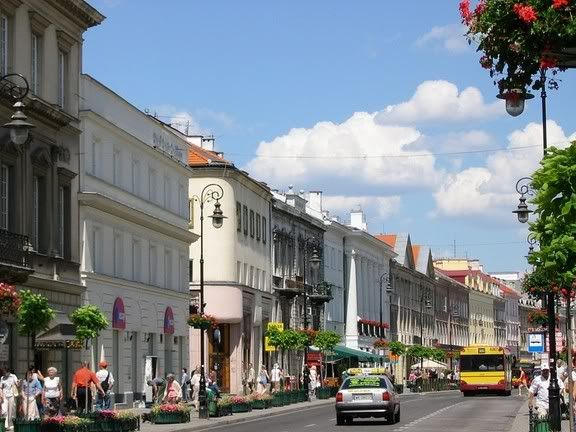



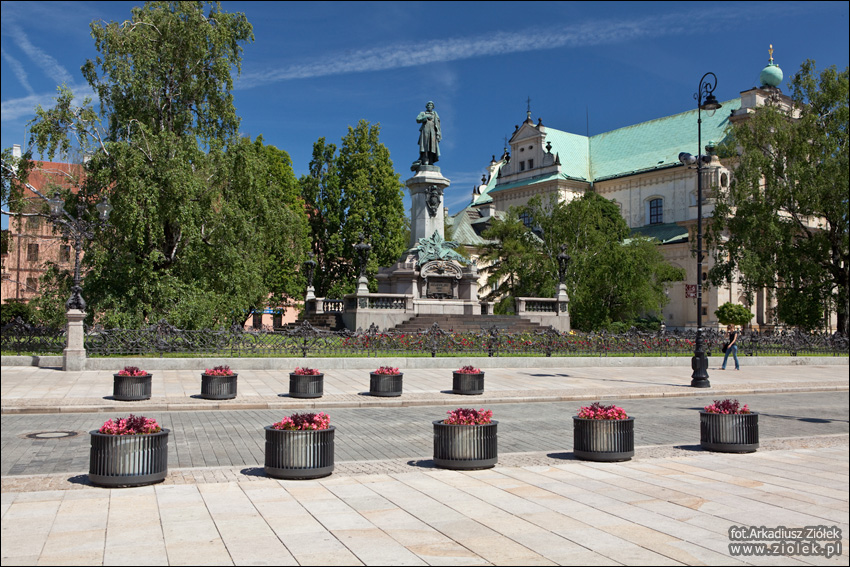
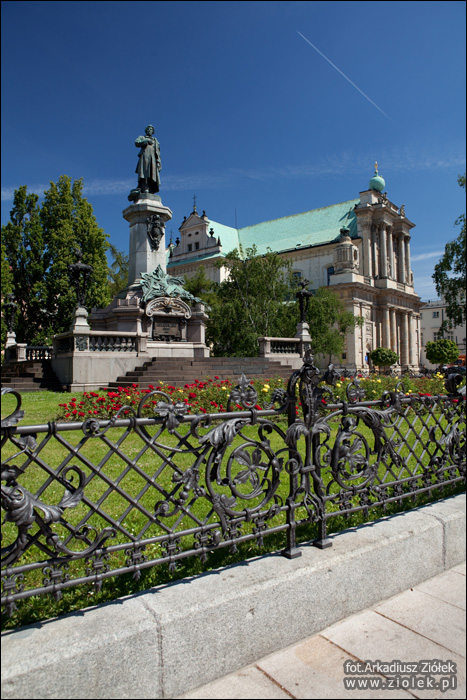
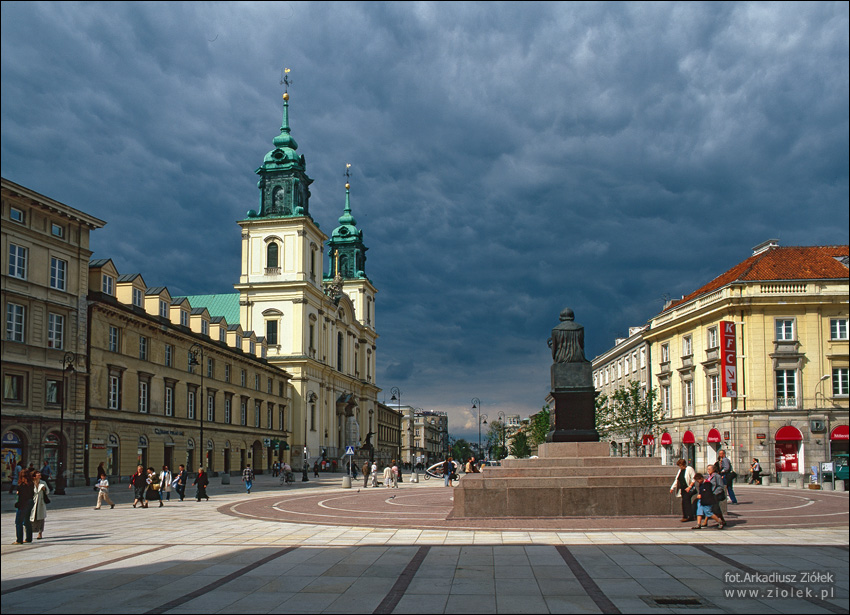
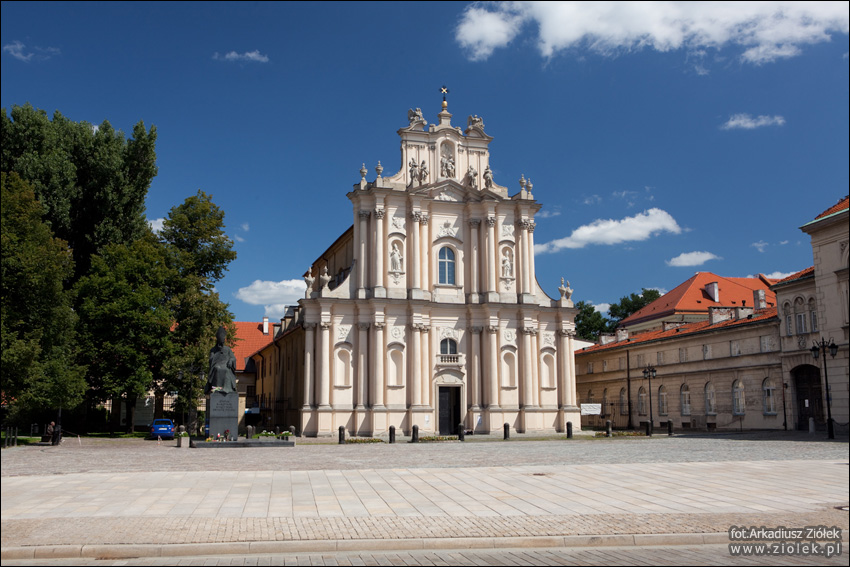
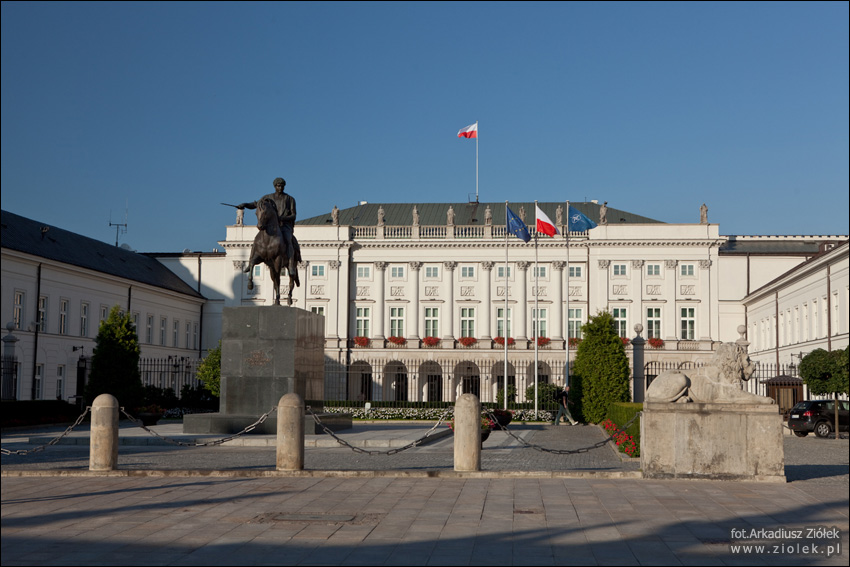











[obrazek][/IMG]
Łazienki:
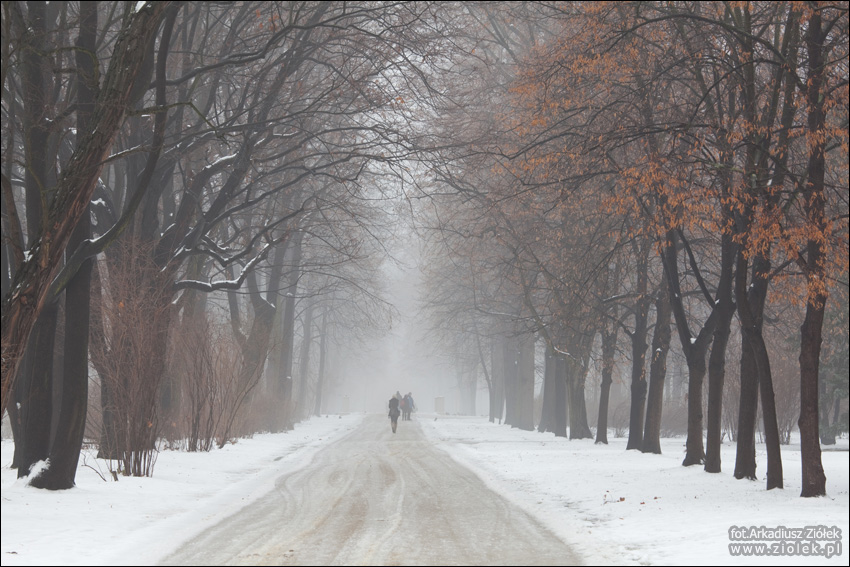
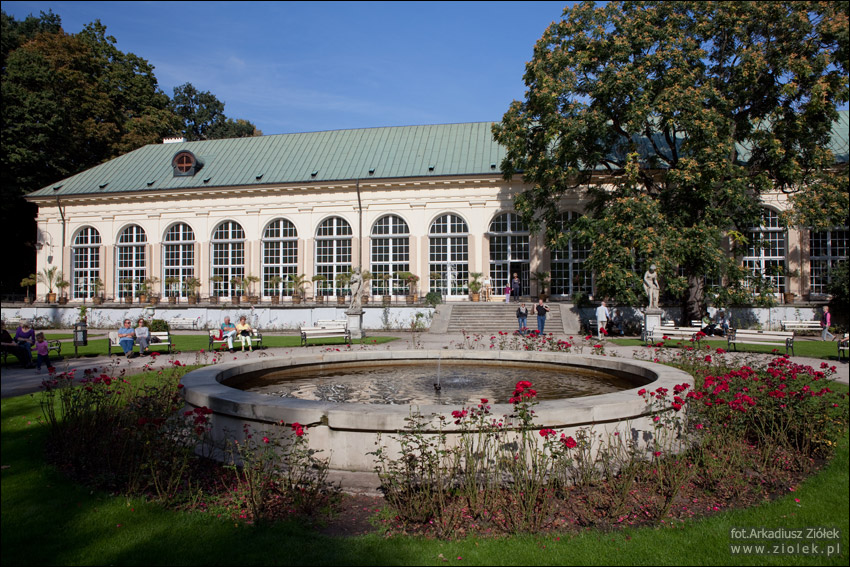
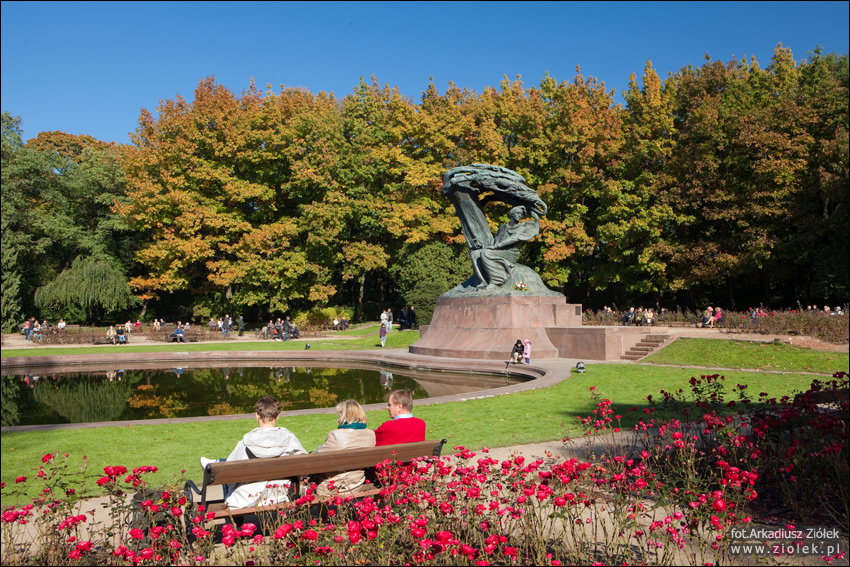
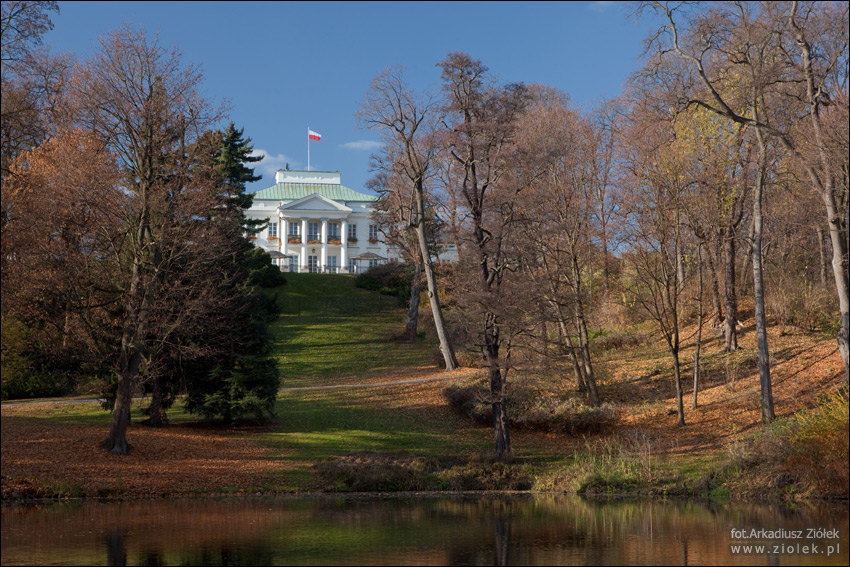
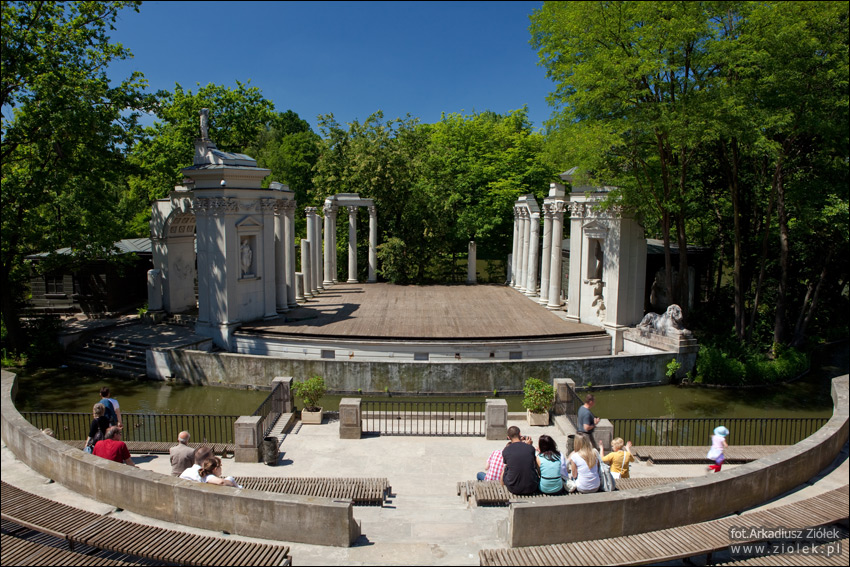
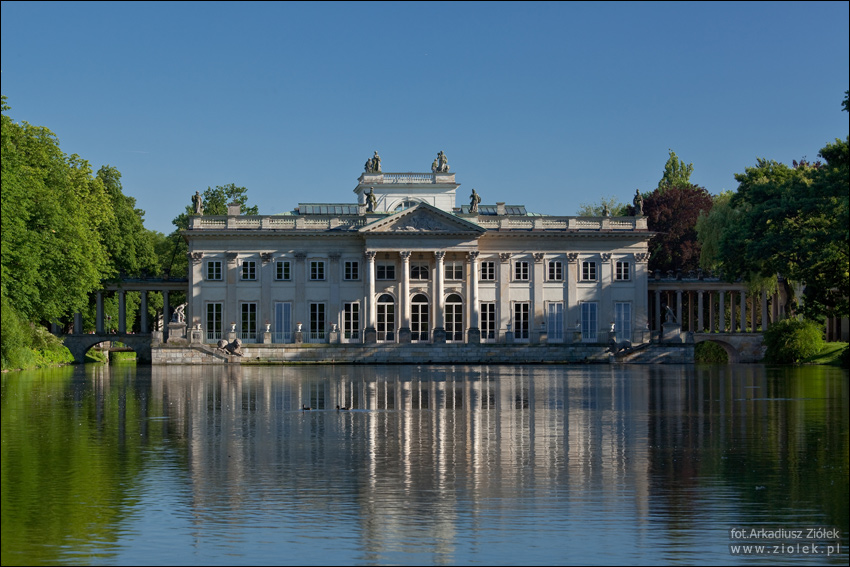
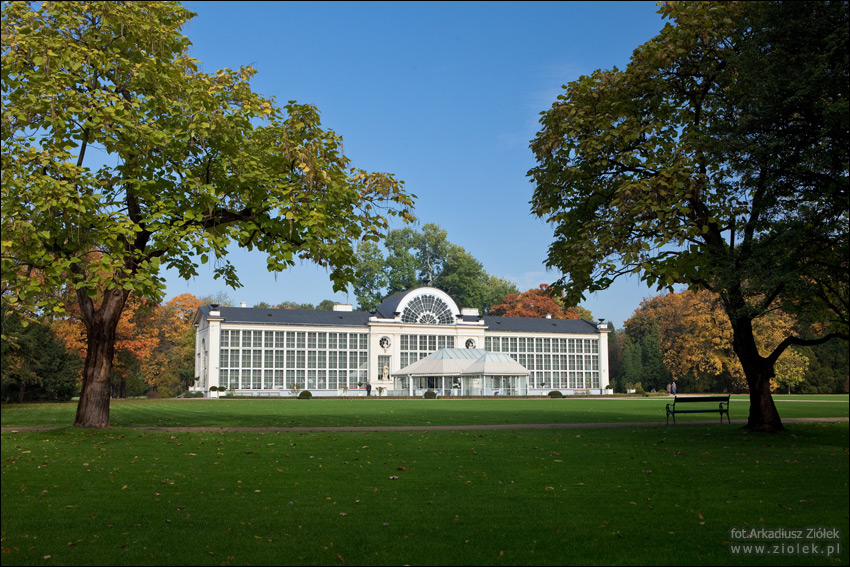
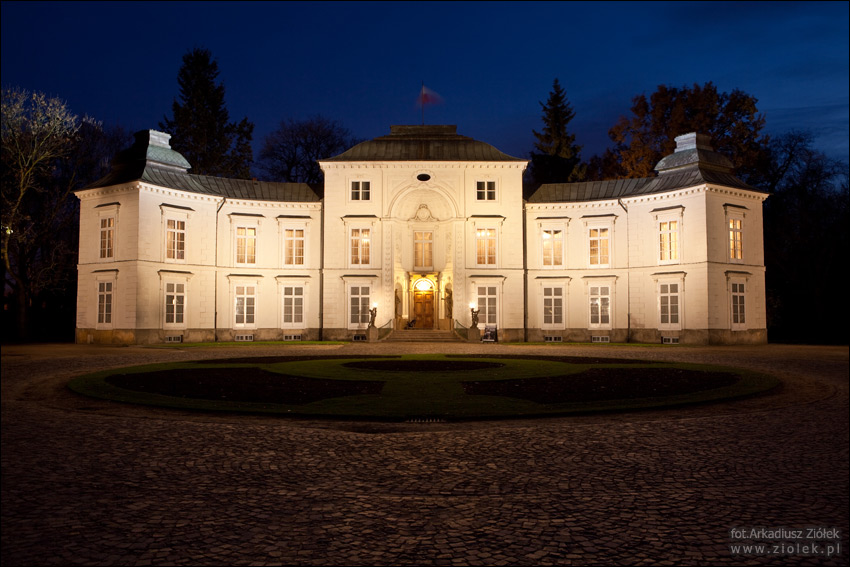
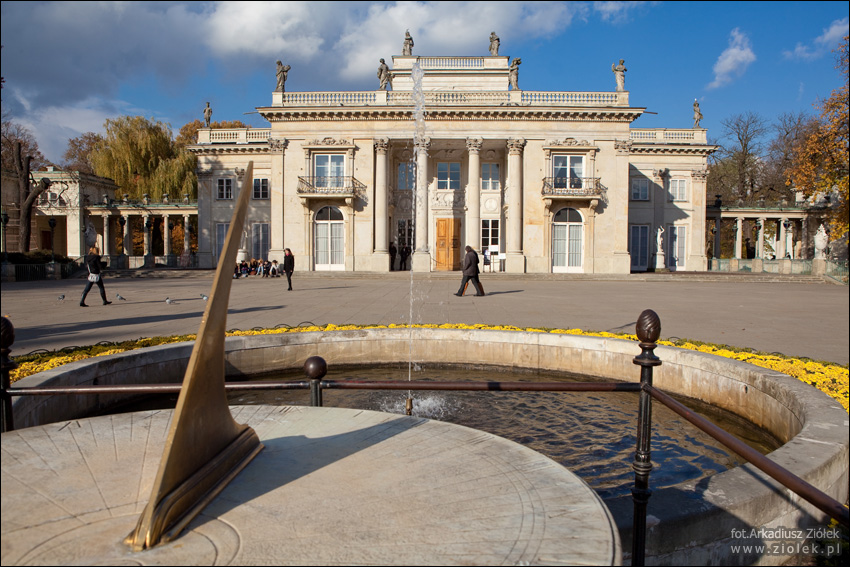
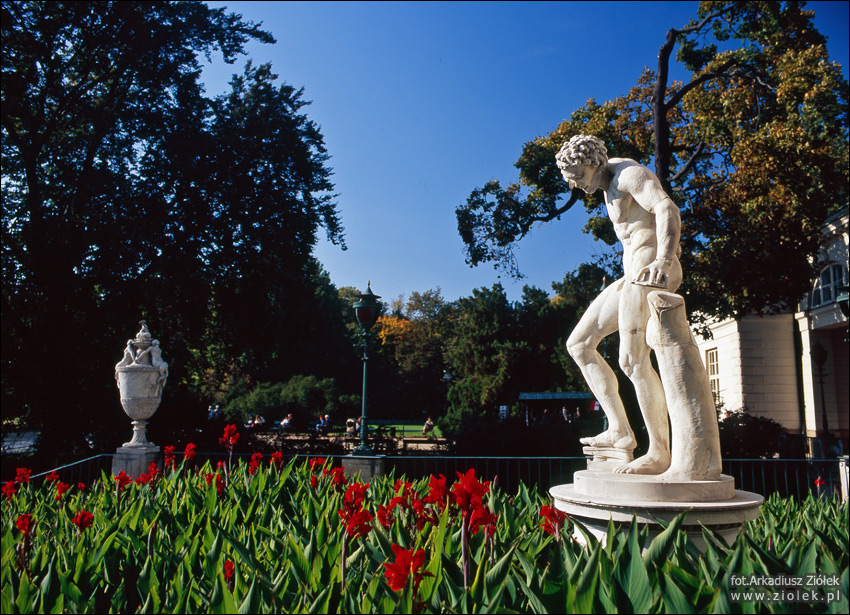
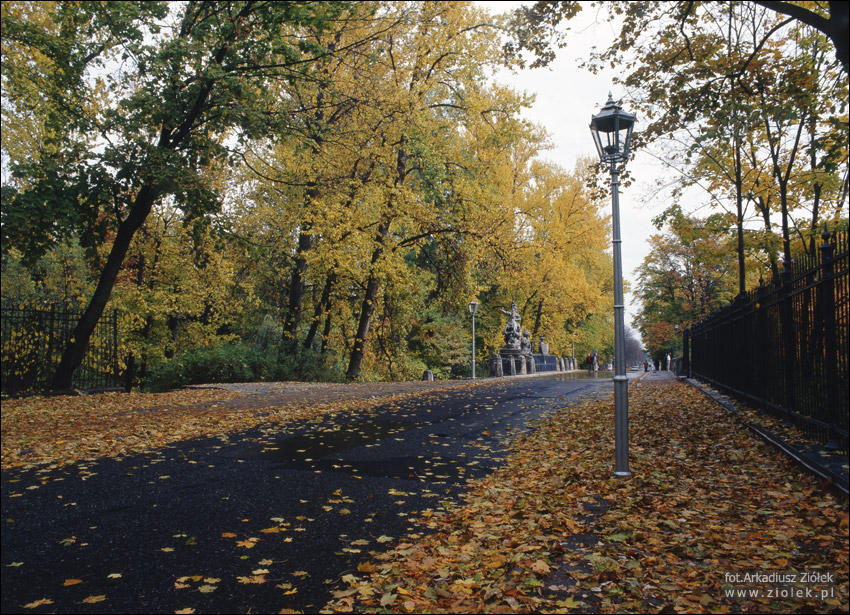
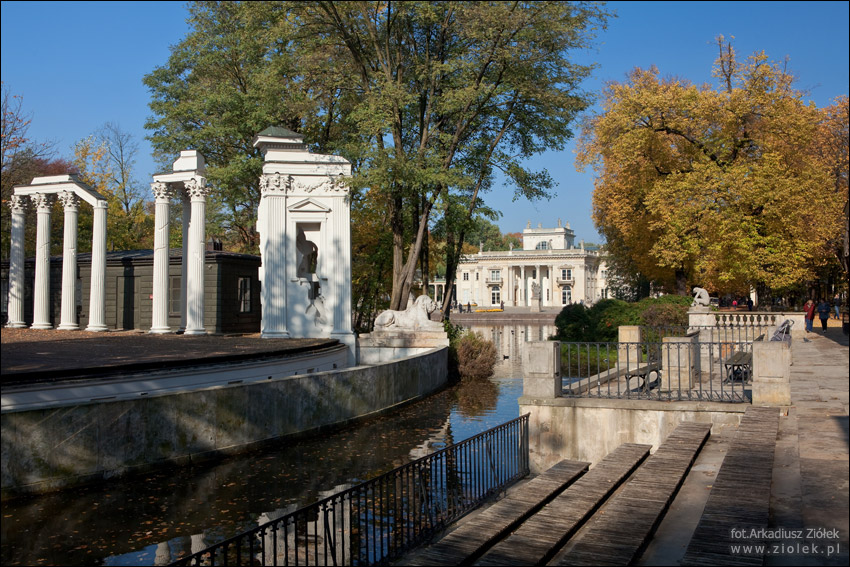
wilanow
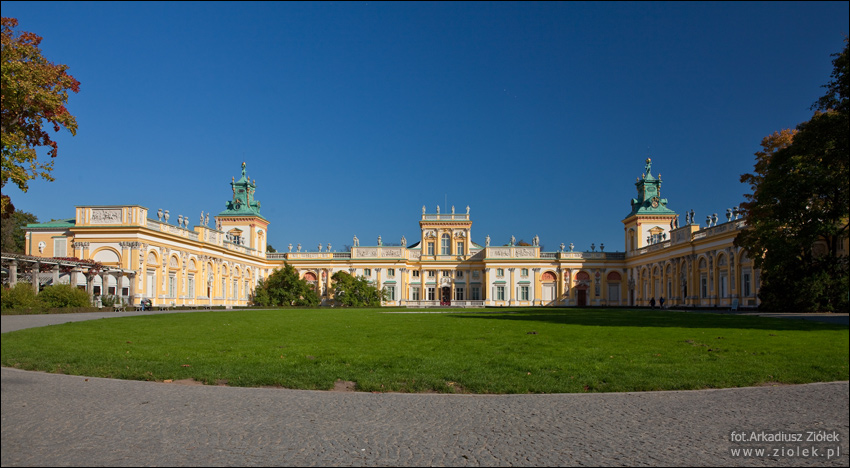
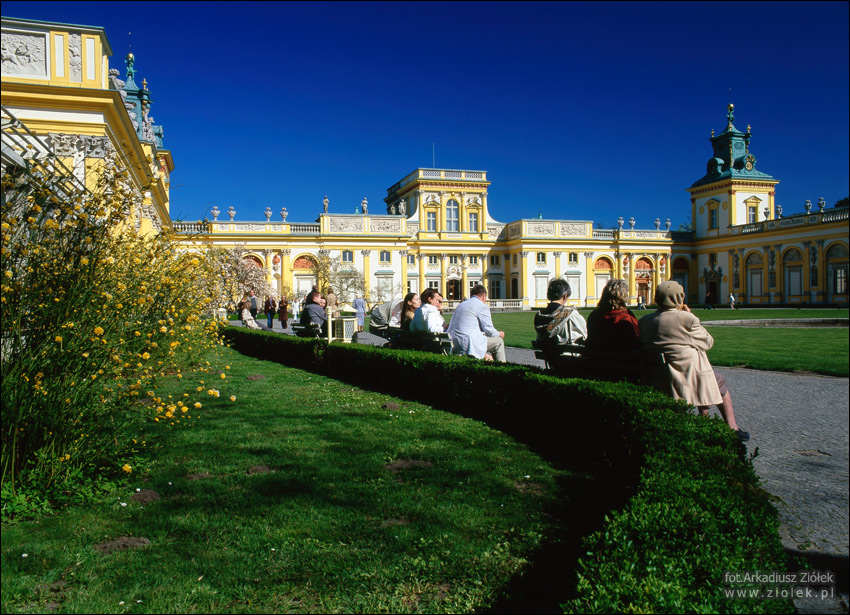

Zlote Tarasy in the building:)


this is not old town, new town, wilanow, lazenkii, royal way ( krakowski przedmiescie )
but very nice:
Ogrod Saski:

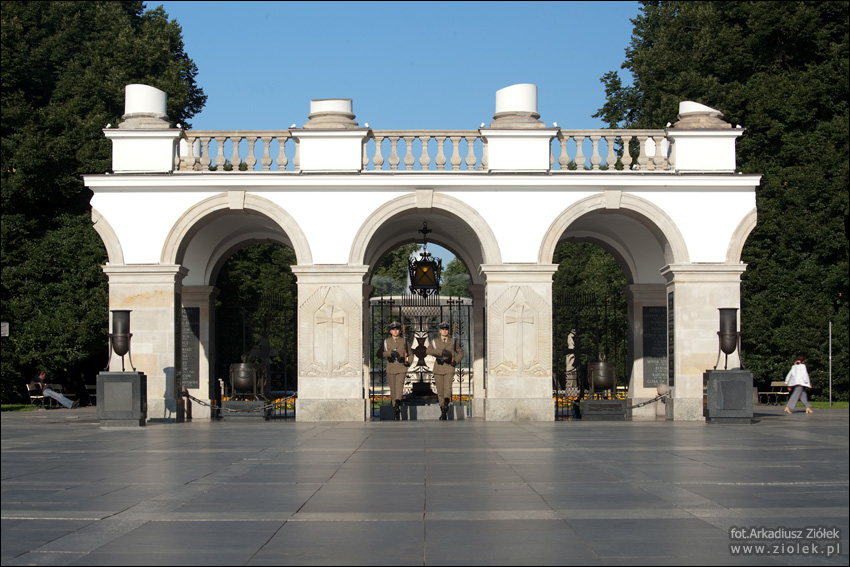
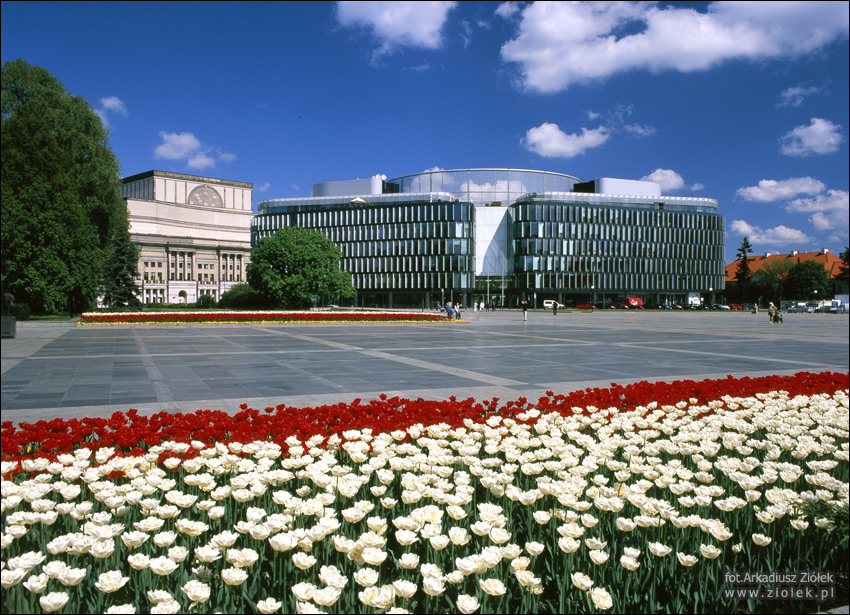
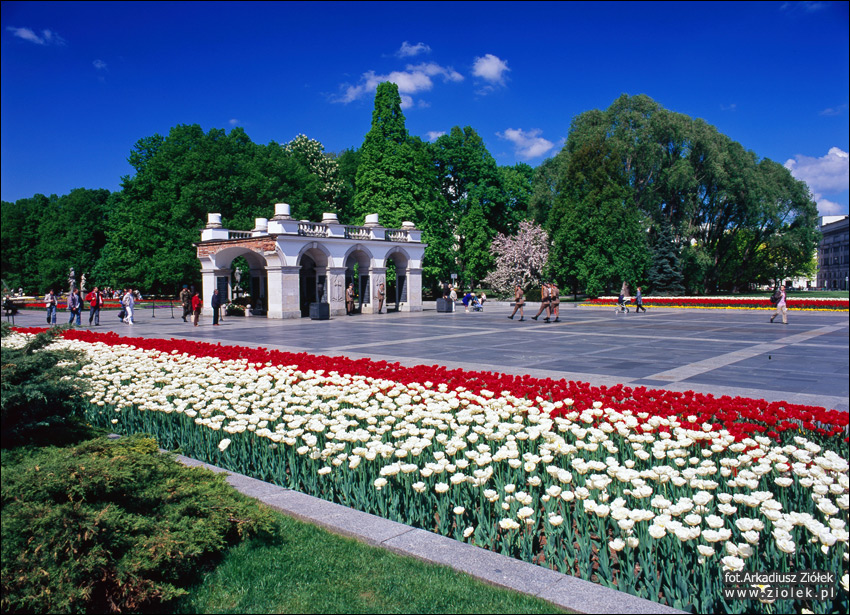












now:






before 39:

now:


now:


in 1939:


1939:


now:

before II WW

now:









Hotel Polonia:







Dariusz Hetman edytował(a) ten post dnia 18.12.07 o godzinie 05:30
 пропозиції роботи
пропозиції роботи




